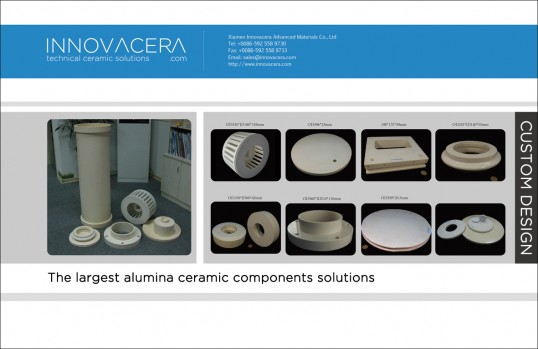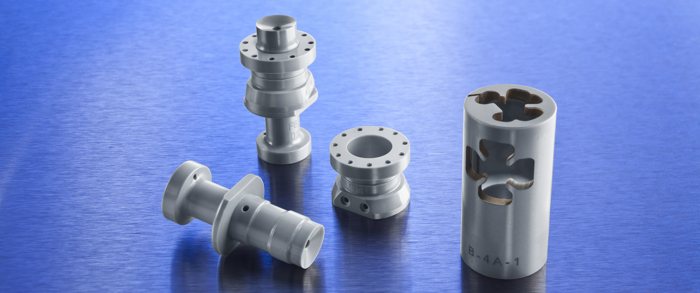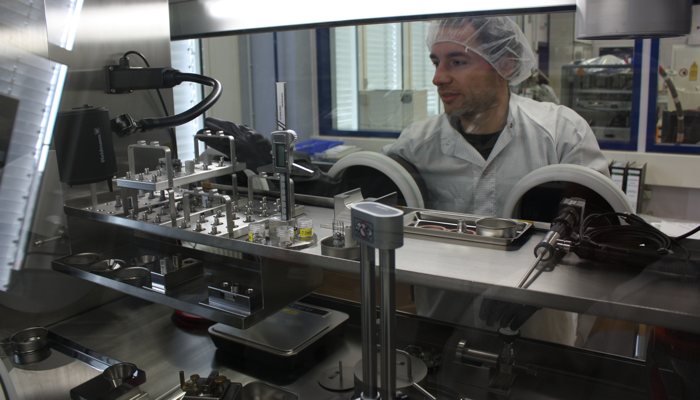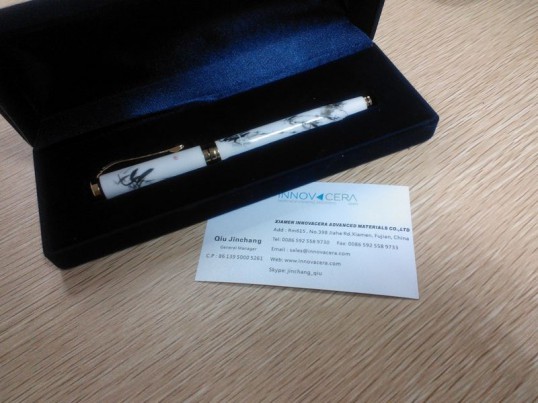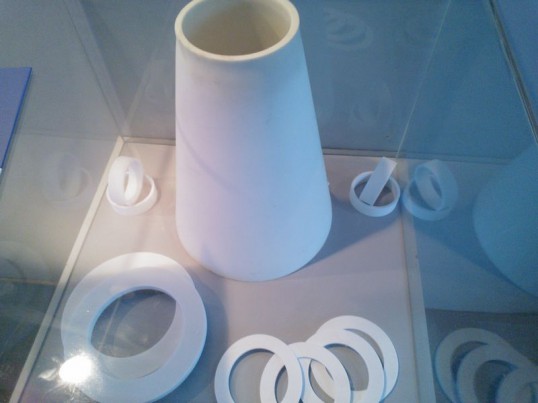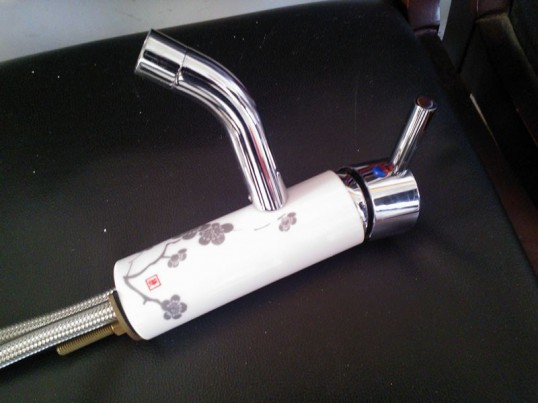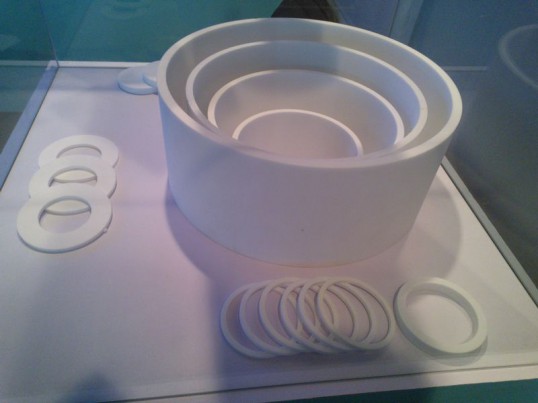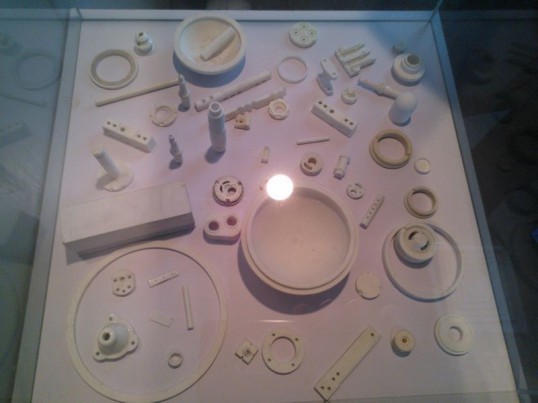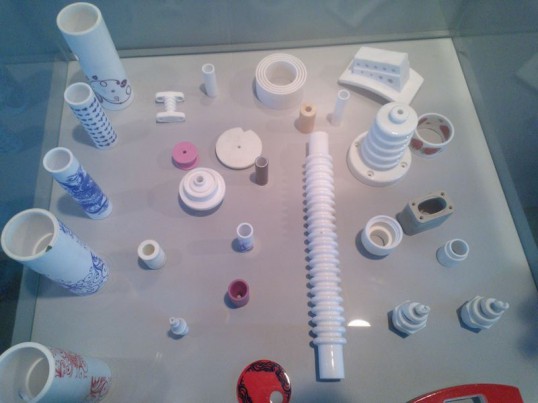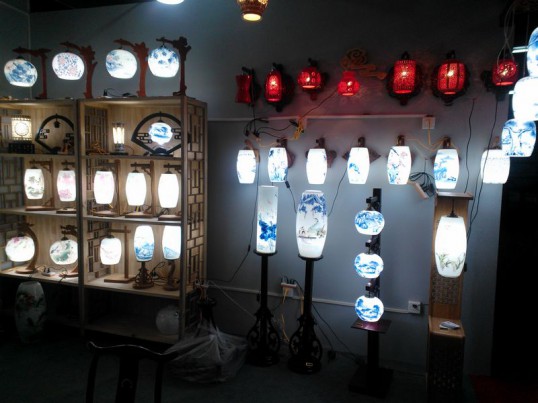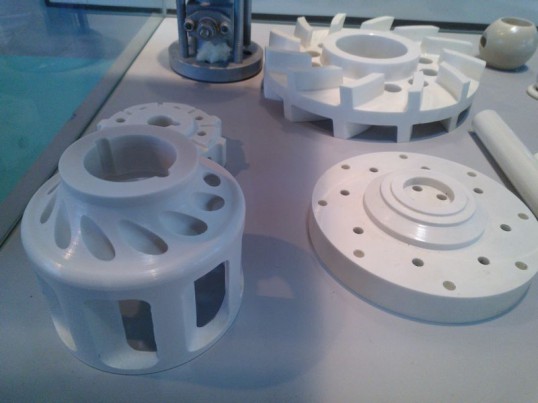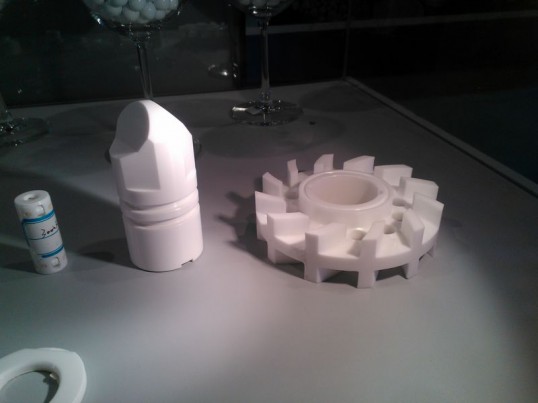CoorsTek & Ceramatec Develop Silicon Carbide Joints for Thermo-Mechanically Stable Assemblies
All-new proprietary material and process exceeds performance of traditional brazes, adhesives, and bolt-together joining assemblies and rivals the strength of monolithic components
ASPE Annual Meeting, San Diego, California, October 22, 2012–CoorsTek, Inc., a large technical ceramics manufacturer, and Ceramatec, Inc. a technical ceramics research and development company and subsidiary of CoorsTek, today introduced a new silicon carbide joining technology for improved strength and thermal stability for assemblies of ceramic components – this technology enables solutions when monolithic ceramic are impossible to produce because of size or complexity.
This new joining technology enables the manufacture of multi-component ceramic arrays into reliable, high-strength systems. Testing has shown these joints retain strength and hermeticity even when exposed to high temperatures, thermal cycling, and various chemical environments. Metrology, precision optics, focal plane arrays, and wafer handling industries are among the current applications.
“Some designs are simply too large, complex, or expensive to produce a monolithic silicon carbide component,” states Merrill Wilson, Senior Engineer at Ceramatec, Inc.“This new joining technology essentially overcomes this barrier and enables manufacturing of critical-duty components,” he continues.
CoorsTek
